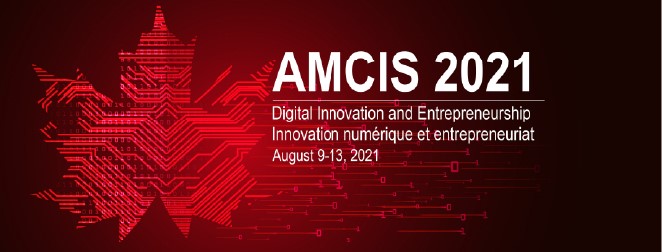Systems Analysis and Design (SIG SAND)
Loading...
Paper Type
ERF
Paper Number
1572
Description
Erosion is widely studied in software architecture referring to the gap between what is planned and what is implemented. However, it is not clear what the term means in Enterprise Architecture (EA), a field that deals with the inseparability of applications, business actors, processes, strategy, motivation, and physical infrastructure. This paper defines EA Erosion as a phenomenon of unplanned, emergent, and sometimes unstoppable change in the elements and interactions pertaining to the architecture, with impact in a service region of interest. A research framework is proposed to guide the identification of the regions of interest for erosion factors, impacts, and response actions. Our emergent research shifts the focus from EA representation gaps to the development of EA erosion management capabilities.
Recommended Citation
Portugal, Telma and Barata, João, "Enterprise Architecture Erosion: A Definition and Research Framework" (2021). AMCIS 2021 Proceedings. 7.
https://aisel.aisnet.org/amcis2021/sig_sand/sig_sand/7
Enterprise Architecture Erosion: A Definition and Research Framework
Erosion is widely studied in software architecture referring to the gap between what is planned and what is implemented. However, it is not clear what the term means in Enterprise Architecture (EA), a field that deals with the inseparability of applications, business actors, processes, strategy, motivation, and physical infrastructure. This paper defines EA Erosion as a phenomenon of unplanned, emergent, and sometimes unstoppable change in the elements and interactions pertaining to the architecture, with impact in a service region of interest. A research framework is proposed to guide the identification of the regions of interest for erosion factors, impacts, and response actions. Our emergent research shifts the focus from EA representation gaps to the development of EA erosion management capabilities.
When commenting on articles, please be friendly, welcoming, respectful and abide by the AIS eLibrary Discussion Thread Code of Conduct posted here.


